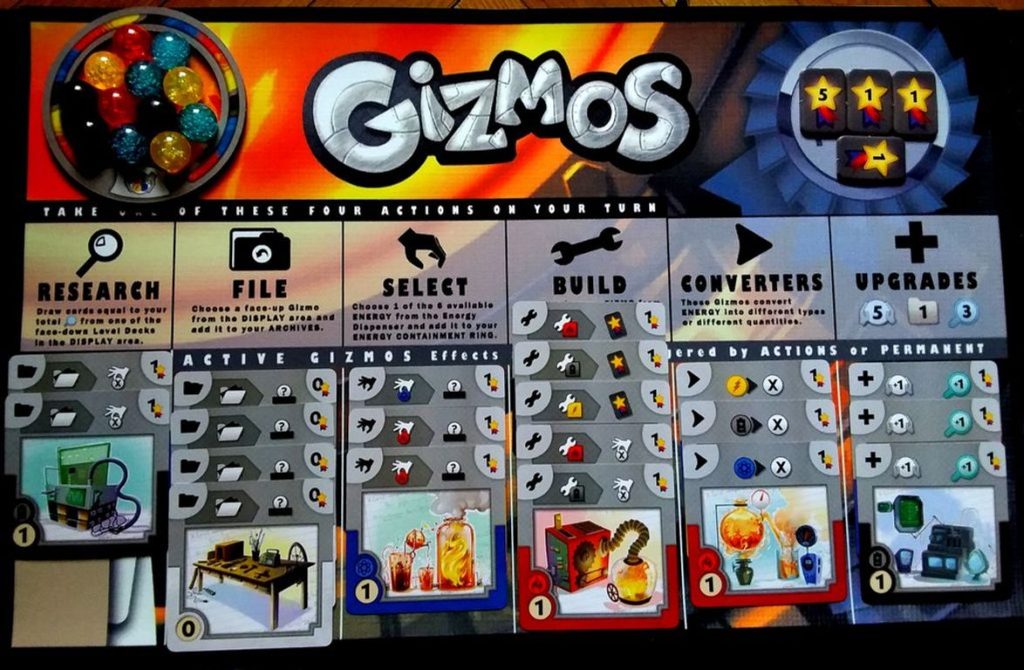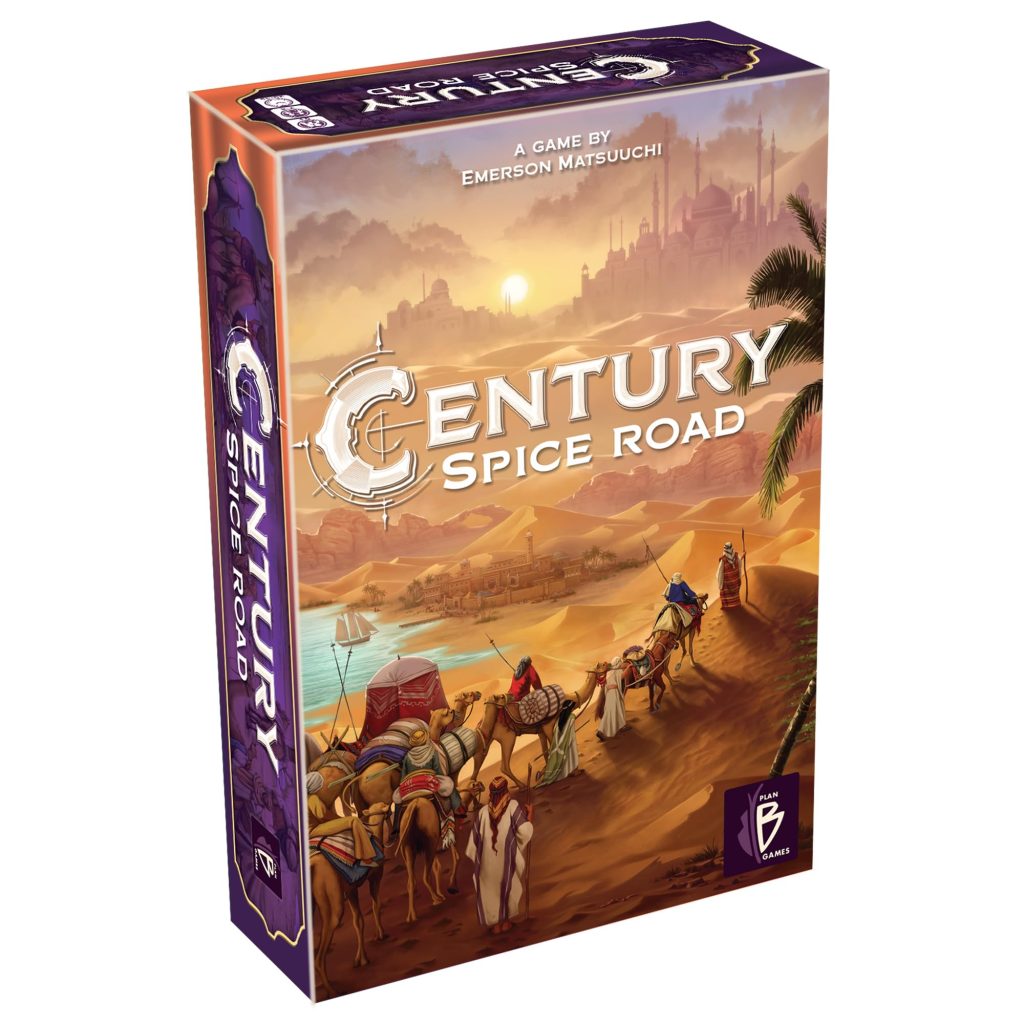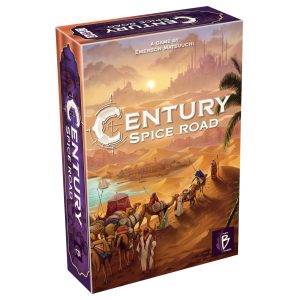Have you ever felt that rush of satisfaction when all your carefully placed game pieces suddenly click together, and your strategy explodes into action? That’s the magic of engine-building board games! These strategic gems let you construct powerful combinations that grow stronger with each turn, creating that addictive “just one more game” feeling that keeps players returning for more.
As someone who’s spent countless game nights perfecting my engine-building tactics, I’m excited to share my top picks that balance accessibility, strategic depth, and pure fun. Whether you’re new to the hobby or a seasoned tabletop enthusiast, these games offer something special for everyone at your table.
What Makes an Engine Builder Special?
Engine-building games revolve around creating self-improving systems. You start with limited options and resources, then gradually build mechanisms that generate more resources, unlock new abilities, and eventually score points. The joy comes from watching your creation grow from humble beginnings into a powerhouse of efficiency.
The best engine builders share these key elements:
- The strategic depth that rewards planning
- Multiple paths to victory
- Satisfying progression from start to finish
- Meaningful choices that impact your game
Let’s explore the absolute standouts in this popular genre!
Gizmos

Player Count: 2-4
Playing Time: 40-50 minutes
Complexity: Medium-Light
This colorful gem uses a marble dispenser to create a tactile resource selection system that’s as fun to manipulate as it is to play.
In Gizmos, you’re an inventor at the Great Science Fair, building contraptions that help you make even more contraptions. The game revolves around four simple actions: Pick, File, Build, and Research. But the magic happens when your built-in gizmos trigger chain reactions, allowing you to perform multiple actions in a single turn.
What makes Gizmos stand out is how quickly your engine develops. Within just a few turns, you’ll watch in delight as a single action cascades into satisfying triggers and bonuses. The marble dispenser isn’t just a gimmick—it creates genuine excitement when selecting resources.
Project L
Player Count: 1-4
Playing Time: 20-40 minutes
Complexity: Light
Project L strips the engine-building concept down to its core with a puzzle-focused approach that’s easy to learn but surprisingly strategic.
The game involves collecting and upgrading polyomino pieces (think Tetris shapes) to complete increasingly complex puzzle cards. Each completed puzzle rewards you with more pieces, allowing you to tackle bigger challenges and score more points.
What I love about Project L is its accessibility. Explaining rules takes less than two minutes, yet the decisions feel meaningful. Do you complete several small puzzles for quick rewards or invest in upgrading your pieces for bigger payoffs later?
The production quality elevates the experience, with chunky plastic pieces that feel satisfying to place. It’s become my go-to game for introducing new players to engine-building without overwhelming them with excessive rules or components.
Terraforming Mars
Player Count: 1-5
Playing Time: 90-120 minutes
Complexity: High
No discussion of engine builders would be complete without mentioning this modern classic. Terraforming Mars puts you in control of a corporation working to make the Red Planet habitable through increasing temperature, oxygen levels, and ocean coverage.
What makes Terraforming Mars exceptional is its card-driven engine. With over 200 unique project cards, each game offers fresh combinations and strategies. You’ll build a tableau of cards that generate resources, unlock special abilities, and score points while contributing to the planet’s transformation.
The game brilliantly balances immediate needs with long-term planning. Early decisions about which cards to purchase dramatically shape your strategy, and watching your corporation evolve from essential resource production to a specialized powerhouse is incredibly rewarding.
Revive
Player Count: 1-4
Playing Time: 45-75 minutes
Complexity: Medium
A newer addition to the engine-building pantheon, Revive has quickly earned its place among the greats. Set in a world where nature reclaims abandoned cities, players develop sanctuaries by planting trees, attracting animals, and restoring ecological balance.
The game features multiple interconnected systems—resource generation, card acquisition, and area development—that create a profoundly satisfying progression curve. The choices become deliciously complex by mid-game as your engine offers numerous potential pathways.
Revive also scores points for its stunning artwork and thematic integration. The sense of building something beautiful extends beyond the mechanics to the visual experience of watching your sanctuary bloom to life.
Keyflower
Player Count: 2-6
Playing Time: 90-120 minutes
Complexity: Medium-High
Keyflower combines worker placement, auction mechanics, and engine-building into a seamless experience. Each season, players bid on new tiles using colored meeples and then use those same meeples to activate abilities on tiles they control.
What makes Keyflower’s engine-building special is how your village develops a unique personality. Some players focus on transportation networks, others on resource conversion, and others on skill tiles that enhance other actions. No two villages ever look or function the same way.
The game’s clever twist is that workers used for bidding become unavailable for actions, creating fascinating tensions. Do you use your valuable blue meeples to secure that perfect tile or save them to power your existing buildings?
Wingspan

Player Count: 1-5
Playing Time: 40-70 minutes
Complexity: Medium
Wingspan soared into the board gaming mainstream by combining gorgeous production, accessible gameplay, and profoundly satisfying engine building. As bird enthusiasts, players attract various species to their wildlife preserves, creating chains of abilities that trigger each action.
The genius of Wingspan’s design is how it introduces engine-building concepts through an intuitive habitat system. Birds in your forest help you gather food, birds in your grasslands lay eggs, and birds in your wetlands let you draw more cards. As your habitats fill, each action becomes progressively more powerful.
What truly elevates Wingspan is how each bird card uniquely contributes to your engine. Some provide immediate benefits, others trigger when other players take certain actions, and others activate whenever you perform specific activities. These combinations create countless strategic pathways.
Furnace
Player Count: 2-4
Playing Time: 30-45 minutes
Complexity: Medium-Light
Don’t let Furnace’s small box fool you—this economic engine builder packs a tremendous punch. During the Industrial Revolution, players acquired and operated factories to convert raw materials into refined goods and, ultimately, money.
Furnace introduces a brilliant auction mechanism where losing bids become consolation resources. This creates fascinating decisions: sometimes, you’ll bid on cards you don’t want just to collect valuable compensation when outbid.
What makes Furnace special is how quickly your production engine develops. Within four rounds, you’ll transform from essential resource gathering to complex production chains. The game rewards planning and efficiency—finding the perfect sequence to activate your factories can result in explosive resource generation.
Underwater Cities
Player Count: 1-4
Playing Time: 80-150 minutes
Complexity: High
For those seeking a deeper engine-building experience, Underwater Cities delivers with its combination of card play and worker placement. Players construct networks of connected undersea cities while developing technologies and production facilities.
The core mechanism requires matching colored action spaces with cards of the same color, creating a puzzle-like element to your turn planning. As your underwater network grows, you’ll build symbiotic relationships between your cities, production buildings, and special cards.
What distinguishes Underwater Cities is their multiple layers of engine building. You’re simultaneously developing:
- A spatial network of connected cities and facilities
- A tableau of persistent effect cards
- Production cycles that generate resources at specific intervals
The game rewards specialization while requiring a balanced approach. Focusing entirely on city building without developing your resource engine will leave you unable to sustain growth while generating resources without expanding your network, which limits your scoring potential.
Splendor
Player Count: 2-4
Playing Time: 30 minutes
Complexity: Light-Medium
Sometimes, the most elegant engine builders are those with the fewest rules. Splendor has earned its place as a modern classic by distilling engine building to its purest form: collecting gems, purchasing cards, and using those cards to make future purchases less expensive.
As a gem merchant during the Renaissance, you’ll begin by collecting colorful gem tokens to purchase development cards. These cards then provide permanent discounts on future purchases, allowing you to acquire increasingly valuable cards that award prestige points.
For many board gamers, Splendor is the perfect engine-building introduction. The progression from struggling to afford basic cards to acquiring high-value developments without spending a single gem token perfectly captures what makes this mechanism addictive.
Century: Spice Road

Player Count: 2-5
Playing Time: 30-45 minutes
Complexity: Light-Medium
Closing our list is another streamlined engine builder that focuses on resource conversion. In Century: Spice Road, players create hands of cards that allow them to acquire, upgrade, and trade spices to fulfill merchant contracts.
The game strips down the engine building to its essence—acquire cards that make you more efficient at generating the exact combinations of resources needed to score points. Your hand of cards becomes a finely tuned machine, with each card’s placement in your sequence critically important.
What makes Century: Spice Road special is its elegant design and quick playtime. Unlike some engine builders that only “come online” in late stages, your hand of cards becomes useful almost immediately, with each new addition refining rather than drastically changing your strategy.
Conclusion
Engine-building games deliver a unique satisfaction that keeps players coming back for more. The joy of watching your creation evolve from its basic beginnings to a smoothly running machine taps into our love of growth, efficiency, and creative problem-solving. Whatever your gaming preferences, the engine-building genre offers something special. The moment when all your careful planning comes together in a cascade of triggers and bonuses creates gaming memories that last long after the boxes are packed away.
ALSO READ: How to Best Organize My FastDraw Playbook
FAQs
An engine in board games refers to a self-improving system of cards, tiles, or other game elements that generate resources, actions, or points with increasing efficiency as the game progresses.
Some engine builders like Splendor and Century: Spice Road are perfect gateway games. Others, like Terraforming Mars, might be better after gaining some experience with simpler strategy games.
Playing times vary widely. Games like Splendor can finish in 30 minutes, while more complex titles like Underwater Cities might take 2+ hours, especially with new players.
Absolutely! Many engine builders, including all ten on this list, play excellently with just two players, often providing a more strategic experience with less downtime.
Deck-building is a specific type of engine-building where your “engine” is your deck of cards. In traditional engine builders, your tableau of cards or game board elements remains visible and accessible rather than being shuffled into a deck.




